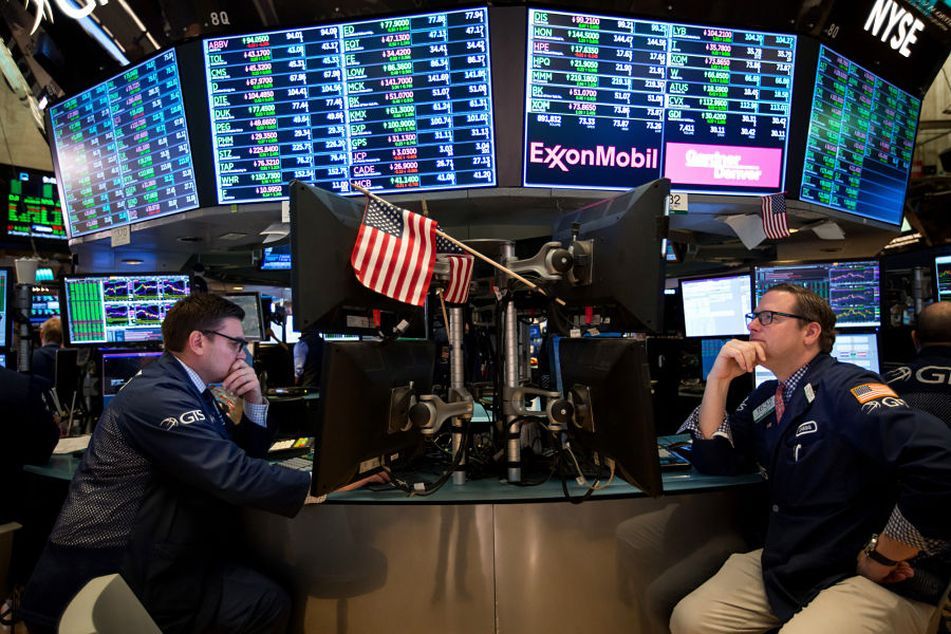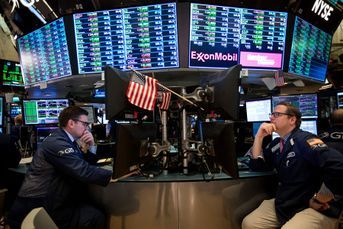Investors are headed to extra innings

Expect more fireworks in the second half, followed by periods of tranquility when global policymakers step in to calm markets.
After a wild and disappointing finish to last year, investors were bracing for more tough times ahead.
Instead, with the S&P 500 Index knocking on the door of a bear market long in hibernation, suddenly and seemingly all at once, everything brightened. The two primary drivers of this drastic reversal in investor sentiment were budding optimism that the U.S. and China would reach a trade agreement and the U.S. Federal Reserve’s complete 180-degree turn on monetary policy.
There were many other bit contributors too. Technical indicators suggested that markets were wildly oversold on Dec. 24 and due for a rebound. Recession fears began to roll over.
Corporate earnings were much better than investors’ worst fears. OPEC and its partners agreed to production cuts, fueling a rally in oil prices. Finally, China implemented massive monetary and fiscal stimulus to stabilize its domestic economy and protect it from a protracted trade dispute with the U.S. So, despite slowing economic growth and falling corporate profits, investors aggressively bid up stock prices. In fact, U.S. market benchmarks produced their best four-month start to a year in decades.
Investors donning rose-colored glasses and looking carelessly past the many risks on the horizon sparked a rapid expansion in market multiples, accounting for all of this year’s gains.
(More: The hedger’s opportunity)
Now, amid what feels like an endless economic expansion and bull market, the score is all tied up after the bruising end to last year and the equally spectacular start to 2019. Inevitably, investors will have to settle into their seats for a while so they don’t miss the game’s next big play — because this lengthy cycle is headed into extra innings!
Extraordinarily easy monetary policies and curiously timed fiscal stimulus have made it difficult for investors to pinpoint exactly where we are in the never-ending cycle, crippling many classically reliable investment approaches and asset-allocation methods. Regardless of where we may be in the cycle, with the economy still expanding, corporate profits growing and global central bank-manufactured low interest rates and benign inflation supporting higher-than-normal valuations, investors have little choice but to own risk assets.
However, the breakneck pace of this year’s early gains is likely to moderate in the second half of 2019.
Microbursts of volatility are now emerging as the outcome of the U.S.-China trade negotiations has become far less certain. Investors should expect more fireworks in the second half, followed by periods of tranquility when global policymakers step in to calm markets with their reassuring quick fixes.
Our midyear outlook suggests three strategies for positioning portfolios in this inexhaustible cycle:
• Target quality, but don’t overpay: Consider focusing on quality with reasonable valuations may provide growth while mitigating the episodic microbursts of volatility typical of a late cycle environment.
• Let bonds be bonds: Given the late cycle and flat yield curve, active and shorter-duration strategies may offer the potential for greater income and return without adding uncompensated duration or equity-like risks.
• Tap growth potential in emerging markets: Targeting EM subsegments like Chinese and Asia-Pacific equities and broad small caps may capture the structural changes fueling higher growth rates.
(More: Looking beyond the S&P 500: Time to refresh portfolios, benchmarks)
Michael Arone is chief investment strategist for the U.S. SPDR business of State Street Global Advisors.
Learn more about reprints and licensing for this article.




